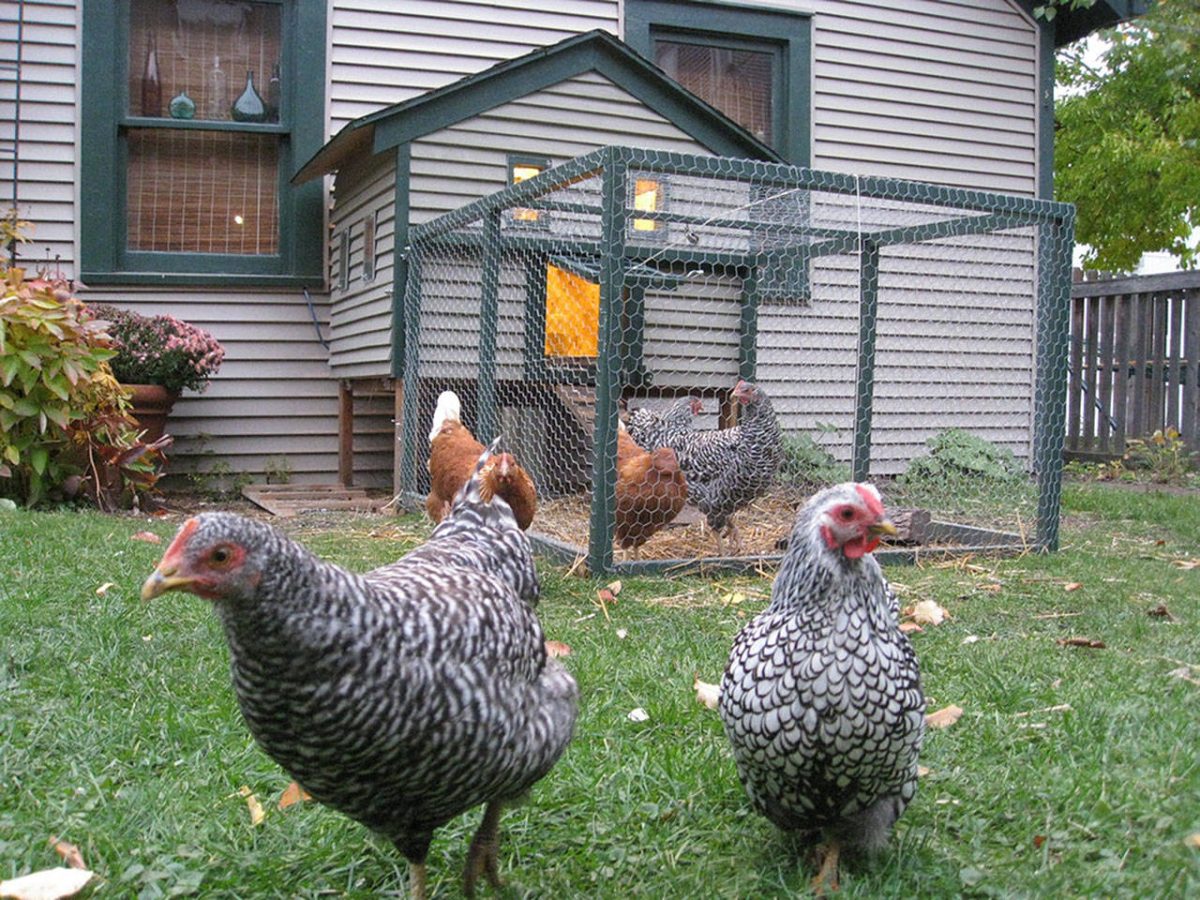Summer is just around the corner, and when is there a better excuse to buy new clothes? Honestly, there isn’t, but you must ensure it’s done responsibly. Fast fashion is an obstacle plundering the world, with social media influencers corrupting the average person’s thoughts on what they need. Purchasing clothes every so often isn’t necessarily wrong, but the compulsion to frequently buy new clothes can be devastating- not only to the buyer but the world as a whole.
Fast Fashion is the process of mass-producing clothing items at a low cost while they are in extremely high demand. Often, these products are cheap and look worn after just a few wears. This causes buyers to discard the item and buy newer, trendier clothes, further adding to the overconsumption.
Social media is one of the biggest platforms to intensify the detrimental effects of fast fashion. There are thousands of influencers on platforms such as Instagram or TikTok showing off their most recent PR haul, or shopping spree, allowing new trends to circulate the world instantaneously. Viewers see their posts and think they have to jump on the new trend before it becomes big, whether they’re interested in it or they’re just jealous of the influencer. However, most of the time, these influencers spread micro-trends that don’t make it through one season. People buying new items left and right adds to the problem.
Not only is fast fashion corrupting the minds of many, it’s also destroying the environment. The fashion industry is the second largest producer of carbon dioxide, accounting for about 10% of global pollution. CO2, or carbon dioxide, is a harmful emission that traps heat inside the earth’s surface, intensifying global warming. The fashion industry produces enough CO2 to overshadow both air and sea travel combined. In the past few years, many industries have set goals for themselves to limit their amount of greenhouse gas emissions, but how many of them reach their target? According to a study by Good On You, a sustainable fashion supporter, roughly 81% of large brands have not released statements saying they are on track to meet their goals, which is absurd. If almost all brands aren’t willing to admit the success of their attempts to limit their use of greenhouse gas emissions, or lack thereof, then one can assume that they are unsuccessful. If a company had lessened its emissions, it could increase its popularity amongst a large group of individuals, so why would the brand keep the information from the public unless it would negatively impact the company?
For every article of clothing made, hundreds of people work to make it, and most don’t make enough to live sustainably. Fast fashion retailers employ thousands of workers from countries with cheap rates. As buyers start to purchase mass amounts of clothing, employers need to meet the demands of the public, increasing the amount of hours their employees work. The employers exploit their workers by not paying them enough to get by, and those who invest in micro-trends only worsen it. It’s not fair that these employees are forced to work long hours, but the best thing you can do to help them is to forgo shopping at companies with cheap prices and thousands of options.
Instead, we should look to more sustainable options, like thrift stores. There is a lot of controversy over thrift stores. Many people see it as a dirty place to buy cheap-looking clothes, but that is far from the truth. Thrift stores are a great way to get new clothes without adding to the detrimental effects that buying clothes from name brands can have. There is no reason for all of your clothes to be new when there are hundreds of thrift stores overflowing with lightly used items. By buying new clothes when there are options that are already available, you’re just adding to the overconsumption. So, one of the best ways to counteract fast fashion is to shop at thrift stores. And remember to donate old clothes in the process. By donating your old clothes, other people can buy them without contributing to the detrimental impact.
Fast fashion is destroying the economy and environment and corrupting the minds of the many. It’s causing the masses to purchase goods they don’t need, producing endless amounts of CO2, destroying the environment, and robbing workers of the money they need to get by. Fast fashion needs to stop, and the only way to do this is for everyone to stop purchasing clothes from dishonorable stores, and look towards more sustainable options. It doesn’t matter if you’re just buying one cheap sundress; any purchase contributes to the detrimental effects of fast fashion.

















